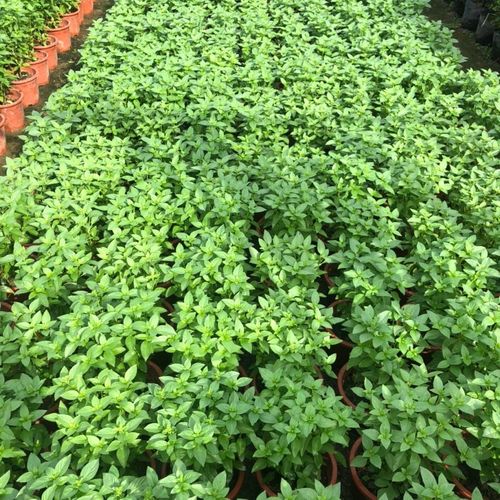Thai Basil Plants (Ocimum Basilicum Horapha) Care Guide
Written by Iris
Dec 28 2022
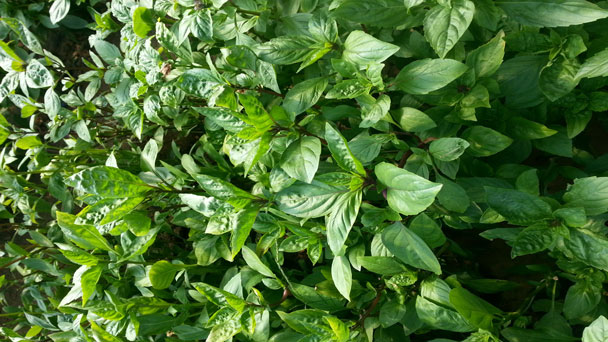
Thai Basil Plants are a very resilient and easy-going variety of basil. In fact, many gardeners find it much easier to grow Thai basil plants than other varieties of herbs. Still, every Thai basil plant needs to be cared for. Proper plant maintenance for Thai basil plants includes watering, feeding and pruning. This article will help you discover how to do all this and more. This article aims to help guide you through the different steps of breeding and caring for Thai basil plants indoors. When you have finished reading, you will feel confident and fully prepared to grow your own Thai basil plants indoors.
To obtain seed
To avoid such problems, you should check the quality of Thai basil Plants seeds before buying. The best and easiest way is to choose the seed brand with the most online reviews.
sow
Prepare the seed starting mixture by wetting it with warm water. Be careful how much water you put in, as the mixture does not strain too wet. Next comes your container. You can buy seed trays or reuse everyday items that you may already have at home, such as milk or juice cartons.
Any shallow container can be used, but be sure to leave enough drainage holes in it. Fill containers with a moist mixture around the edges and plant seeds on each container. Use four to five seeds per 1.5 x 1.5 inch container.
Grow Thai basil
When finished, cover the seeds with a quarter inch of soil and spray with water, then cover the container with plastic wrap.
Take care of the seed
Keep the seeds in a warm place away from strong and direct sunlight. Remove plastic wrap a few hours a day to let the seeds breathe. Meanwhile, spray the mixture with water to keep the humidity around the seeds as high as possible. After a week or two, your seeds will germinate, and then Thai basil plants can be transferred to different pots.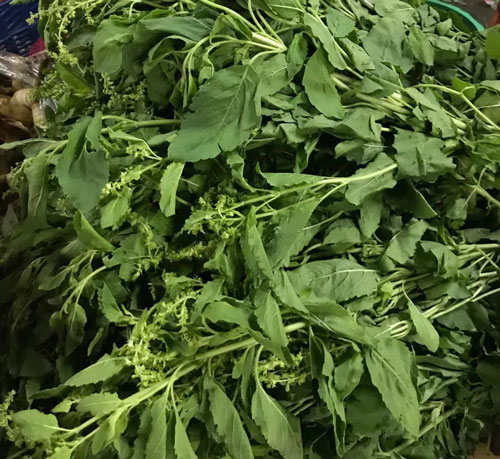
Knowing when to pick branches of Thai basil plants is a fairly simple decision. Wait until a Thai basil plant is at least four inches tall or has at least four sets of leaves on most of its branches. In this case, the cuttings you take will be enough to start taking root and become independent Thai basil plants.
Choose any stalk you want, but make sure it's healthy and strong. Count three or four sets of leaves -- starting at the top -- and make a cut directly under the last leaf.
Remove all the leaves at the bottom of the cut and leave two sets of leaves at the top.
After that, you should submerge the cut in a glass of water. Avoid direct sunlight and make sure to change the water every other day.
After two to three weeks, the cuttings will have developed a well-developed root system. At this point, it will be ready to move to the pot so that it can grow as a plant.
If you can't find a sunny place with at least 6 hours of direct sunlight indoors, Grow Lights can help you Grow favorite Thai basil plants in your home. For example, full-spectrum leds or fluorescent lights are perfect for your Thai basil plants. Keep in mind that six hours of sunlight is equivalent to 12-14 hours of artificial light.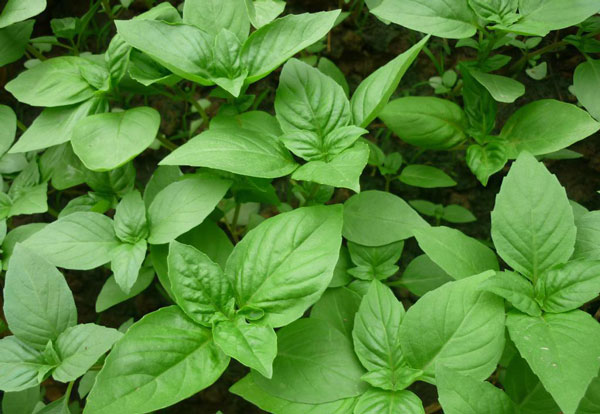
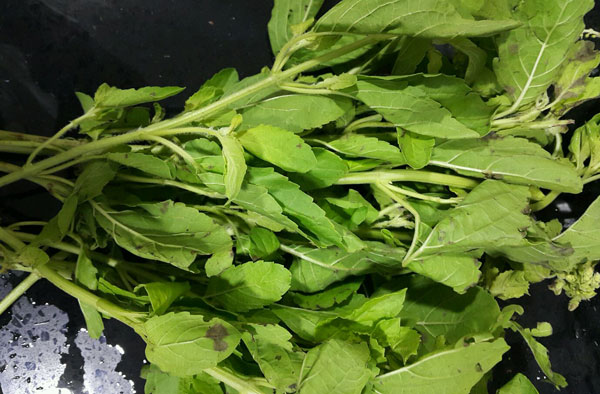
Ocimum basilicum 'Genovese': Commonly referred to as Italian basil, this varietal has large green leaves and a sweet, quintessential basil flavor.
Ocimum basilicum 'Purple': Beloved for its striking rich purple hue, this varietal has pointy leaves and a rich, almost licorice-like flavor.
Ocimum basilicum x citriodorum 'Lemon basil': A hybrid plant, this varietal has thinner, more delicate leaves and is very popular in Asian dishes thanks to its distinct citrus taste.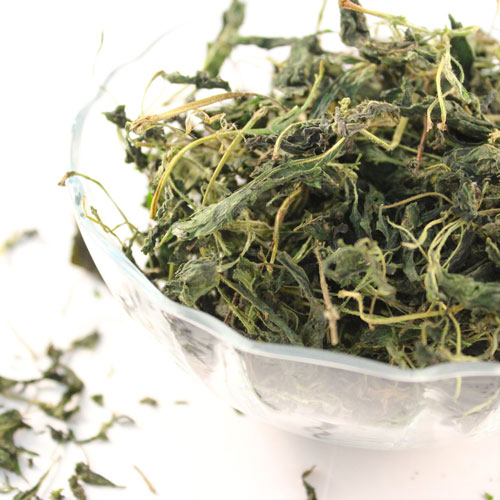
How to Grow Thai basil plantsThai basil plants Propagation with SeedsThai basil plants Propagation with Stem CuttingsHow to Care for Thai basil plantsLight CareSoil CareWater CareTemperature and Humidity CareFertilizer CarePruning CarePests and DiseasesVarieties of Thai basil plantsThai basil plants FAQDoes Thai Basil Come Back Every Year?Should You Let Thai Basil Flower?Is Thai Basil an Indoor Plant?
How to Grow Thai basil plants
Thai basil plants Propagation with Seeds
Growing Thai basil plants from seeds is easy and cheap. Seeds are usually very cheap and easily available. Usually, thai basil plants have relatively low germination rates from their seeds. However, that doesn't mean you can't successfully grow thai basil plants from seed. This means that you may need to do more work and add a few more resources to increase the likelihood of success.To obtain seed
To avoid such problems, you should check the quality of Thai basil Plants seeds before buying. The best and easiest way is to choose the seed brand with the most online reviews.
sow
Prepare the seed starting mixture by wetting it with warm water. Be careful how much water you put in, as the mixture does not strain too wet. Next comes your container. You can buy seed trays or reuse everyday items that you may already have at home, such as milk or juice cartons.
Any shallow container can be used, but be sure to leave enough drainage holes in it. Fill containers with a moist mixture around the edges and plant seeds on each container. Use four to five seeds per 1.5 x 1.5 inch container.
Grow Thai basil
When finished, cover the seeds with a quarter inch of soil and spray with water, then cover the container with plastic wrap.
Take care of the seed
Keep the seeds in a warm place away from strong and direct sunlight. Remove plastic wrap a few hours a day to let the seeds breathe. Meanwhile, spray the mixture with water to keep the humidity around the seeds as high as possible. After a week or two, your seeds will germinate, and then Thai basil plants can be transferred to different pots.

Thai basil plants Propagation with Stem Cuttings
Growing Thai basil plants from cuttings is more efficient and easier than growing them from seeds. The only downside here is that you need to have a fully fledged thai basil plant to get cuttings from it.Knowing when to pick branches of Thai basil plants is a fairly simple decision. Wait until a Thai basil plant is at least four inches tall or has at least four sets of leaves on most of its branches. In this case, the cuttings you take will be enough to start taking root and become independent Thai basil plants.
Choose any stalk you want, but make sure it's healthy and strong. Count three or four sets of leaves -- starting at the top -- and make a cut directly under the last leaf.
Remove all the leaves at the bottom of the cut and leave two sets of leaves at the top.
After that, you should submerge the cut in a glass of water. Avoid direct sunlight and make sure to change the water every other day.
After two to three weeks, the cuttings will have developed a well-developed root system. At this point, it will be ready to move to the pot so that it can grow as a plant.
How to Care for Thai basil plants
Light Care
Light is perhaps the most controversial and complex issue when growing thai basil plants indoors. Even more challenging, mature Thai basil plants need long exposure to direct sunlight to bloom.If you can't find a sunny place with at least 6 hours of direct sunlight indoors, Grow Lights can help you Grow favorite Thai basil plants in your home. For example, full-spectrum leds or fluorescent lights are perfect for your Thai basil plants. Keep in mind that six hours of sunlight is equivalent to 12-14 hours of artificial light.
Soil Care
Thai basil plants prefer a moist but well-drained soil mixture. For best results, modify the potting soil with a little organic compost before planting Thai basil plants indoors. Also, make sure to choose a pot for your Thai basil plants that has plenty of drain holes at the bottom so the soil doesn't become wet or waterlogged.Water Care
There is a big difference between watering Thai basil plants in pots and watering them in the garden, and this is where all mistakes can happen. Overwatering and watering are two very common problems when growing Thai basil plants. If the temperature is not very high, you cannot water Thai basil plants every day, whereas in hot weather you may need to water Thai basil plants twice a day. The best way to know when to water Thai basil plants is to simply monitor the soil every day. Just feel the soil in the container with your fingers each day. Water your Thai basil plants the day the soil dries out. In this way, you can be sure to provide the best amount of water for the plants.- Read More: How Often Should You Water Basil

Temperature and Humidity Care
Because you grow Thai basil plants indoors, you need to be extra careful about fluctuating temperature and humidity levels around the plants. Daytime temperatures of around 75°F (24°C) are best for Thai basil plants. The temperature should drop to around 68°F (20°C) overnight. In any case, it is best to avoid planting Thai basil plants in temperatures below 68°F (20°C) during the day and below 64.5°F (18°C) at night. When it comes to humidity, it's best to keep the moisture content in the atmosphere around 40-50%.Fertilizer Care
If you've previously modified your soil with organic compost, chances are your Thai basil plants don't need additional nutrients. However, if you notice that your plants are not growing much, you can feed your Thai basil plants once a month using weak liquid fertilizer.Pruning Care
Harvest regularly to promote compact growth. An annual herb, plants should be cut down at the end of the growing season. The leaves can be dried for use throughout the year.Pests and Diseases
Snails and slugs can attack young Thai basil plants. Use organic snail pellets or use snail and slug traps for protection. Avoid overhead watering, especially during the day. If aphids are a problem, spray with suitable organic insecticides to prevent further damage.
Varieties of Thai basil plants
There are dozens of types of basil, each of which has its own unique flavor and attributes. Some of the most popular varietals suited to indoor growing include:Ocimum basilicum 'Genovese': Commonly referred to as Italian basil, this varietal has large green leaves and a sweet, quintessential basil flavor.
Ocimum basilicum 'Purple': Beloved for its striking rich purple hue, this varietal has pointy leaves and a rich, almost licorice-like flavor.
Ocimum basilicum x citriodorum 'Lemon basil': A hybrid plant, this varietal has thinner, more delicate leaves and is very popular in Asian dishes thanks to its distinct citrus taste.

Thai basil plants FAQ
Does Thai Basil Come Back Every Year?
Thai basil plants is a true annual, which means it needs to be replanted each season. In most circumstances, it does not grow back after a year.Should You Let Thai Basil Flower?
Check your basil plants frequently for flowers, and if you see any, pinch them off right away. If the flower stems are too woody to pinch (often the case with Thai basil), cut them off with shears. A plant allowed to flower will soon go to seed, stop growing, and die, so be vigilant about removing flowers.Is Thai Basil an Indoor Plant?
Thai basil plants are fairly low maintenance when grown indoors. Water containers when the potting soil is dry to the touch. Thai basil is native to tropical regions but prefers a well drained potting mix.Latest Updated
- Benefits of Bugleweed - 7 Science-backed Health Benefits
- Bugleweed Dangers & Side Effects - Is It Poisonous?
- How to Plant Evergreen Trees - What You Should Know
- When to Plant Evergreens - Grow Guide for Evergreen Trees
- 12 Wonderful Evergreen Shrubs for Your Garden
- 12 Popular Evergreen Plants with Pictures for Beginners
- When And How To Prune A Lilac Bush Like a Pro
- How to Grow & Care for Lilac Vine (Hardenbergia Violacea)
- Japanese Lilac Tree (Syringa Reticulata) Care & Propagation Guide
- Shumard Oak Pros and Cons - What to Know
Popular Articles
- Winter maintenance of Antirrhinum Majus
- How to Grow Terminalia Mantaly Tree
- How to Grow and Care for Crossostephium Chinense
- How to grow Antirrhinum Majus in spring
- Peristeria Elata (Dove Orchid) Profile: Info & Care Guide
- Underwatered Snake Plant (Sansevieria Trifasciata) - Signs And How To Fix
- How to Care for Brazilian Jasmine Plant (Mandevilla Sanderi)
- How to Grow & Care for Graptopetalum Purple Delight in Summer
- Rosa Chinensis (China Rose): Plant Growing & Care Tips
- How to Care for Baby Sun Rose (Aptenia Cordifolia)
